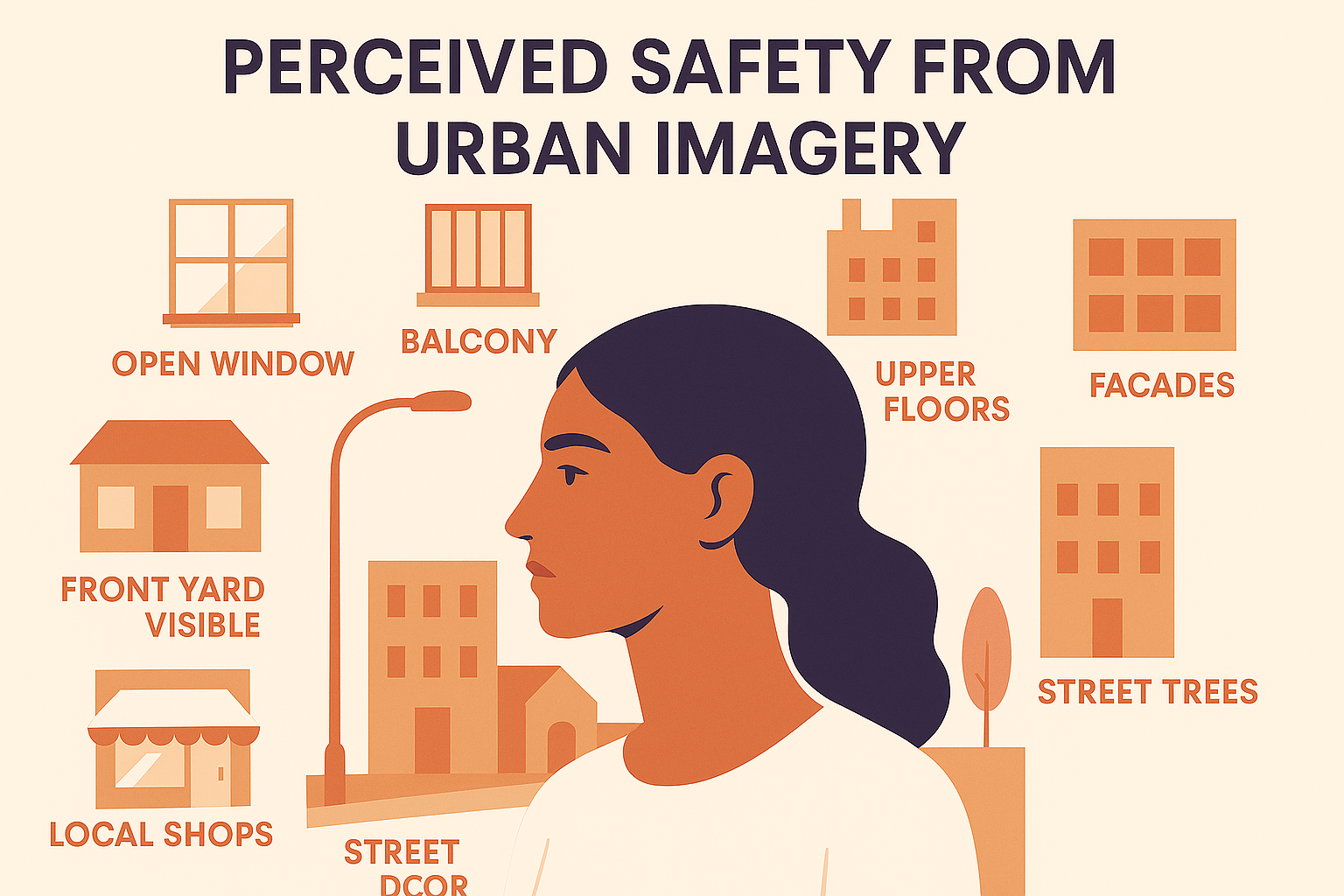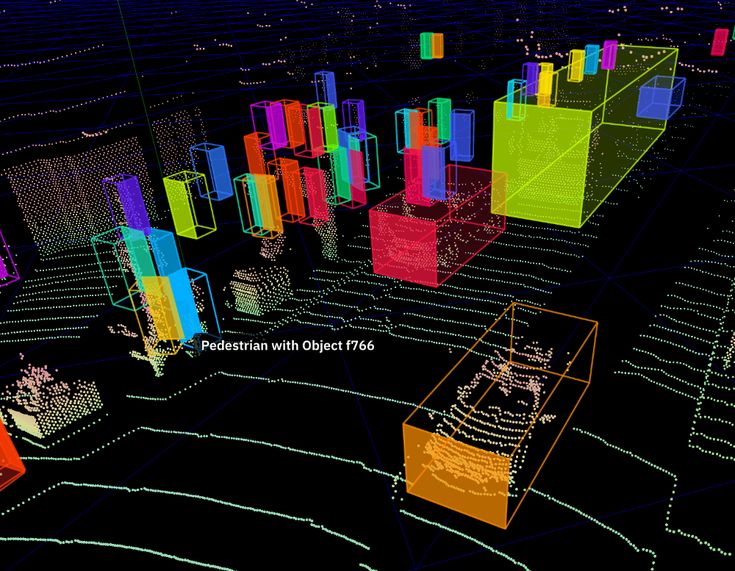
Credits: Vensu
Description
This course provides an in-depth exploration of “agentic” AI pipelines, emphasizing the integration of automated tools for urban data acquisition, analysis, and visualization. It is designed to equip students with both the theoretical foundations and practical skills necessary to harness emerging AI-driven technologies in urban planning and design. Throughout the course, participants will interrogate how autonomous agents – ranging from LLM-based conversational systems to generative image models – can be orchestrated into cohesive workflows that not only address current urban challenges but also inspire speculative design innovations.
By the end of the course, students will have designed, implemented, and refined their own agentic AI pipelines. The final integrated project will serve as both a proof of concept and a platform for critical debate, showcasing each student’s ability to synthesize data acquisition, processing, and visualization into a coherent investigative practice. This hands-on, project-centered approach ensures that graduates are well-prepared to navigate and shape the evolving landscape of urban design through advanced computational methods.
Learning Objectives
By the end of this course, students will be able to:
- Design and Implement Agentic Pipelines
Understand how to create automated workflows that collect, process, and analyze urban data using low-code tools (n8n) and AI-based agents.
- Integrate AI-Driven Chatbots & Tools
Incorporate LLM-based agents (e.g., GPT-based) into their workflows to summarize, evaluate, and generate insights from urban data.
- Apply Image Generation & Segmentation
Use ComfyUI to produce custom imagery—both generative art and segmented outputs—relevant to urban design and planning.
- Combine Textual and Visual Data
Build pipelines that blend LLM output with image generation/segmentation, moving toward multimodal urban analytics.
- Visualize & Communicate Results
Present data-driven insights and generative outputs clearly for speculative or real-world urban design proposals.
Manage Computational Constraints
Navigate hardware limitations using local GPUs or cloud services (RunPod), understanding trade-offs in cost and performance.







